|
Have you made it to a Serene 2nd Sunday yet? See what everyone's been talking about for yourself on June 9th.
There will be no S2S in July. So make sure to sign up for June's workshop to save your spot. Otherwise, you'll have to wait until later this summer for another chance!
0 Comments
Kick it with us all summer long at Gallagher Way! Free yoga classes next to Wrigley Field start today and continue through September. Come check out what we're all about and start your days off right this summer.
May 14th - September 26th
RESTORATIVE YOGA & GUIDED JOURNALING December 31st 3:00 - 5:00 PM Spend the afternoon of New Years Eve with Rita and Erin, for our 6th annual NYE Reflect & Restore.
This two-hour workshop is for anyone ready to intentionally reflect on their values and how they’d like to spend their time and energy in the upcoming year. In between delicious restorative yoga poses, you'll be guided through prompts to journal about 2023 and 2024 mindfully, leaving with more clarity of your path forward. You will be enveloped by the quiet confines of our sanctuary within the city, as all senses are uplifted through the caring guidance of your facilitators. This space will allow you to distance yourself from your daily-life distractions and do your own deep, inner work, allowing you to flourish at your most vibrant in the new year! There is a reason this popular event has not only sold out almost every year, but has multi-year repeat attendees. Join us on the 31st to end this year and begin the next in the best frame of mind possible! All-access members get 30% off. Discount automatically applied at checkout. Once booked, tickets are non-refundable. We value your feedback and appreciate your support. If you've been enjoying our classes, we encourage you to participate in our Fall review drive on the Momence app. Feeling extra motivated? Review us on Google, Yelp, Facebook and/or NextDoor too! We'd greatly appreciate your support in helping our yoga studio thrive and grow. Your participation, whether through reviews, referrals, or simply spreading the word about our studio, plays a vital role in our success. And don't forget to stop by on Halloween for some special treats as a way for us to say thanks for your support. Thank you for taking a moment out of your day to leave a review at the links below! GIVE US A REVIEW Calling all Chicago yoga teachers! Take your teaching skills to the next level with a two-day program on Asana Choreography led by master yoga teacher trainer, Renata Sumar Gaertner and co-owner of 5KY, Erin Haddock. This comprehensive workshop covers all aspects of Asana Choreography. You'll learn the basics of planning sequences and linking asanas together, advanced asana techniques, and presentation and storytelling skills.
The weekend will culminate in a presentation of asana choreographies our participants have developed over the two days. Day One of the workshop will cover the fundamentals of asana choreography, including what it is, how to plan your sequence, basic asanas, and how to link them together. Day Two will focus on more advanced techniques such as storytelling skills, music selection, training more advanced postures, how pranayama and meditation are connected to your asana practice, and presentation skills. You will also be able to take part in a mock presentation and receive feedback from both your peers and instructors. In addition to our workshop, we will have daily Hatha Yoga Practice following the Sonia Sumar Method - Yoga for all Abilities. This workshop is perfect for yoga teachers of all levels who are interested in learning more about asana choreography. Sign up by September 30th and get 20% off!! If you’ve ever felt intimidated to practice at a yoga studio, our Intro to Yoga Series is perfect for you! This is also a great series for those looking for a deeper foundational understanding of the practice of Yoga.
This will include not only yoga poses (asana) and breathing techniques (pranayama), but also the integral philosophy behind the practice. You’ll learn why and how yoga works as you develop your own personal practice that’s unique to you and your needs. Whether you’re a total beginner, you’re returning to your practice after some time off, or just want to learn more about the broader practice of yoga, this class will help you along your journey. After the 8-week course is over, you will understand how to practice and modify basic yoga poses, develop better control over your breathing, and learn how traditional yogic philosophy impacts our body and mind from a scientific but heart-centered approach. Suitable for total beginners as well as anyone who has been dipping their toes into the practice but wants a more in-depth understanding of Yoga. Registration is limited to just 10. Book your spot now! 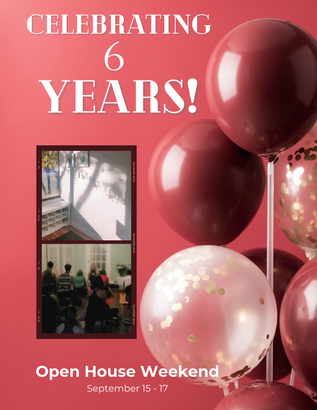 We can't believe it but our little baby is six years old! 💕 When we opened our doors in 2017, nervous and uncertain if the neighborhood would embrace us, we never could have foretold the beautiful relationships we would forge with Roscoe Village, Lakeview and North Center (and other neighborhoods!) residents. We didn't understand how much meaning our job would have to us. How many people we would get to serve within our community - in our studio, outdoors, in schools and many other organizations... even *gasp* online! It hasn't always been easy. In fact, many times it's been downright hard. Your peaceful faces at the end of the practice were what kept us going in the face of adversity. Here we are at the end of a very bizarre period of our collective lives, ready to move forward into the new. It seems, despite the fall weather, we're all ready for growth. So for our 6th Anniversary Weekend, we're offering folks new to 5KY the chance to try out our all-access pass for only $1 for three days! See how good a regular yoga practice makes you feel in three days and grow into better health, a calmer mind and more self-confidence. 6th ANNIVERSARY ALL-ACCESS PASS Terms & Conditions Available for first time students of 5KY only. Get three days of unlimited yoga for $1. The All-Access pass auto-renews at the end of three days at our discounted monthly all-access rate ($115). Cancel anytime. TO OUR REGULAR STUDENTS: please book your spot in your favorite classes the week of September 15th before September 10th. We expect most classes to have a waitlist, so make sure to snag your place before the Open House pre-booking begins. Also, please invite your friends to join us! In the meantime, check out these throwback images from our opening weekend in 2017!
There is something infinitely healing in the repeated refrains of nature - the assurance that dawn comes after night, and spring after the winter. - Rachel Carson I think if yoga were a season, it would be spring. Both the arrival of spring and practicing yoga are regenerative. As more and more research emerges, there is good evidence that yoga and meditation have some anti-aging benefits, such as lowered inflammation, increased gray matter in the brain, and protection for our chromosomes.
Just like spring, this regeneration is not just physical. Yoga (and the arrival of spring) brings profound emotional - even spiritual - regeneration. How do we feel after a yoga class? Lighter, less encumbered by stress, and as if we are seeing everything with new eyes. But one of the things that makes me saddest when talking to some yoga beginners is that they think it’s too late for yoga to have these positive effects on them. That could not be further from the truth. I’ve taught yoga to people of all ages, from 7 weeks old to 77 years old. A good head and a good heart are always a formidable combination. - Nelson Mandela Last month, I wrote more broadly on the seven major Chakras, including how they are related to anatomy and physiology, and their emotional aspects. This month, I’ll delve into one Chakra in particular, which so neatly aligns with February’s celebration of love. The Anahata Chakra, or heart Chakra is the fourth and therefore, central Chakra of the central nervous system. Swami Satchidananda actually recommended that when working on the Chakras, we focus only on the higher Chakras (from the Anahata up to the seventh, which is called the Sahasrara). The lower Chakras will figure themselves out if we focus on the higher ones. The reason for this suggestion is that the lower Chakras are related to the movement of energy downward (apana), which when focused on has the tendency to lower our own energy. Focusing on the higher Chakras has the tendency to raise energy. This Chakra has a special place for me. As I mentioned last month (and in other places on this blog), before I began going deeper into yogic philosophy, I was centered entirely in my head. My own teacher, Sonia Sumar, has a very heart-centered approach, which has opened me up to my entire body. Sonia often mentions that the heart is the very first organ formed in utero, even before the brain. And that perhaps this is a message about where to lead our lives from. That’s not to say that the head is unimportant but that the heart should lead the head and not the other way around. So in service of the heart, I offer you this primer on the Anahata Chakra. If you want to know more about the Anahata Chakra, join Laura at her Chakra workshop on February 13th about this very topic! Explore the heart through yoga with us on Valentine’s Day with a heart-centered beginner’s practice or bring a loved one to practice Partner Yoga with Asra.
Yoga is the path, and the chakras are the map. - Anodea Judith One of the best aspects of yogic philosophy for me is the integration of the head and the heart. Having spent so much of my early life “trapped in my head,” delving deeper into yoga both challenged me to get out of my head and into my body (or heart) and liberated me from experiencing the world in only one dimension.
By that I mean yoga is a pathway toward more heartfelt living but is grounded in real, physical experience. As westerners, we sometimes forget how much knowledge the western medical world has only learned relatively recently, has been passed down in eastern medicine for centuries. It is always a big treat to talk shop with other eastern medicine practitioners, such as Chinese medicine, shiatsu, etc., because so many of the concepts overlap with the traditional Indian view of medicine and the body. I am always flabbergasted by how similar the energy channels in Chinese medicine are to their Ayurvedic representation. Now, in western medicine, we are learning that there are subtle channels of communication in a living body that have been unobservable in cadavers. Only recently has western medicine started to realize the wisdom that comes from eastern traditions. It is this way with the Chakras too. It would be understandable if a person thought that the Chakras were woo-woo. It’s true that some unscrupulous people pretend that simply placing the correct rock over the area of a chakra will act as a panacea. These people do eastern medicine a disservice by simplifying what should be the personal study of a lifetime to something you can pay someone else to unblock in a few hours. |
Archives
July 2024
About
Just some thoughts about yoga as I go... Categories
All
|
FIVE KEYS YOGA
|
WHAT OUR CLIENTS SAYFive Keys is fantastic! The studio is lovely and soothing, and the teachers are very caring and attentive. |
I've ... probably been to 25 different yoga studios. This is one of the most welcoming, calming spaces with very talented instructors. |
I love this yoga studio. It's a great balance of a good workout and relaxation and feels like a real community. |
An ideal studio for someone new to yoga. |
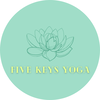
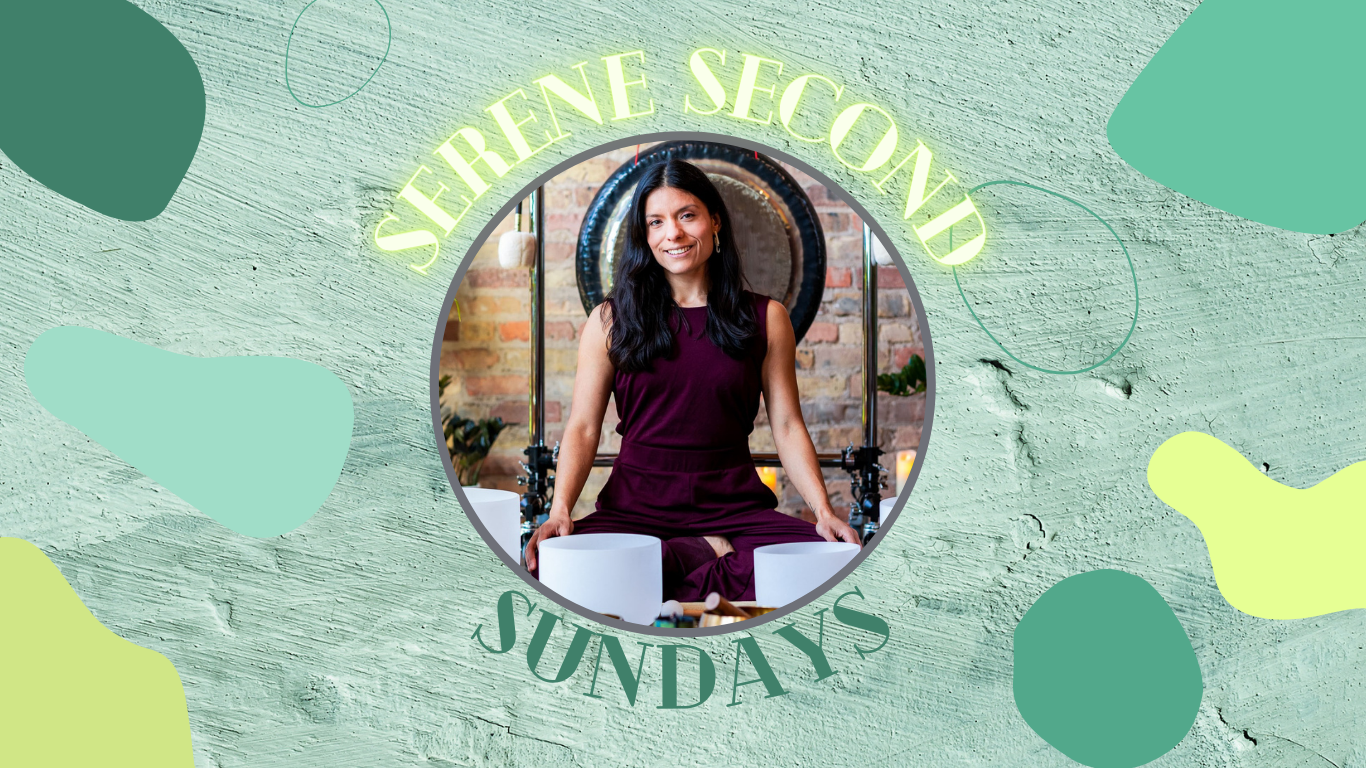
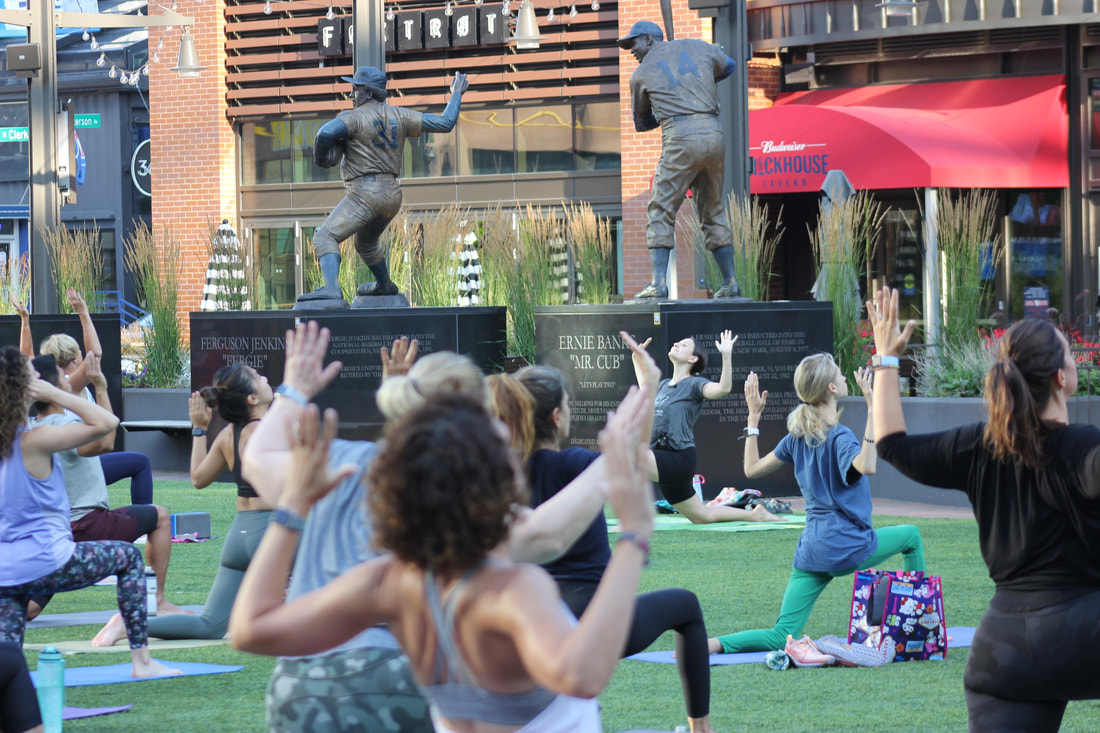

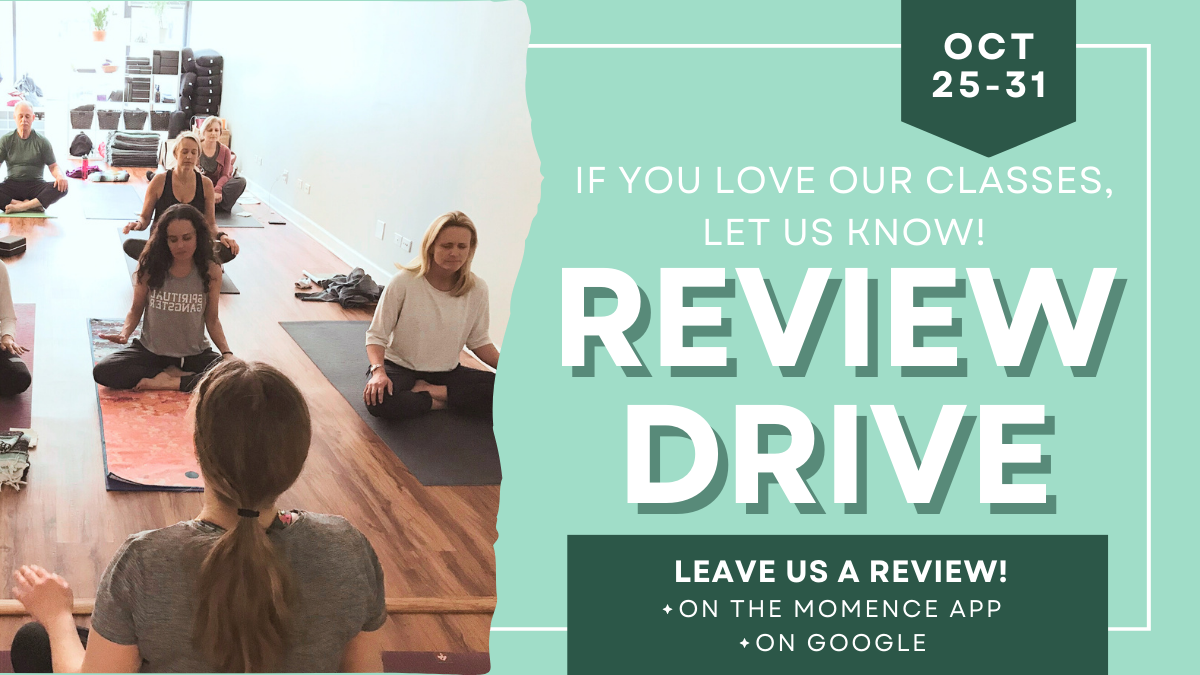





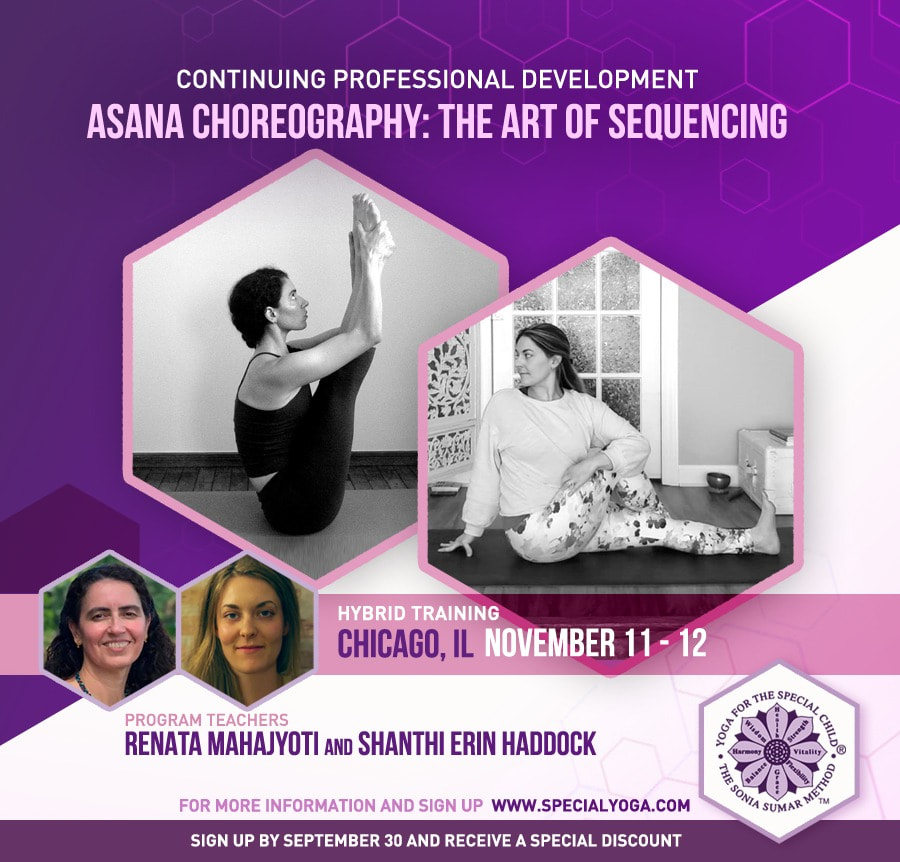
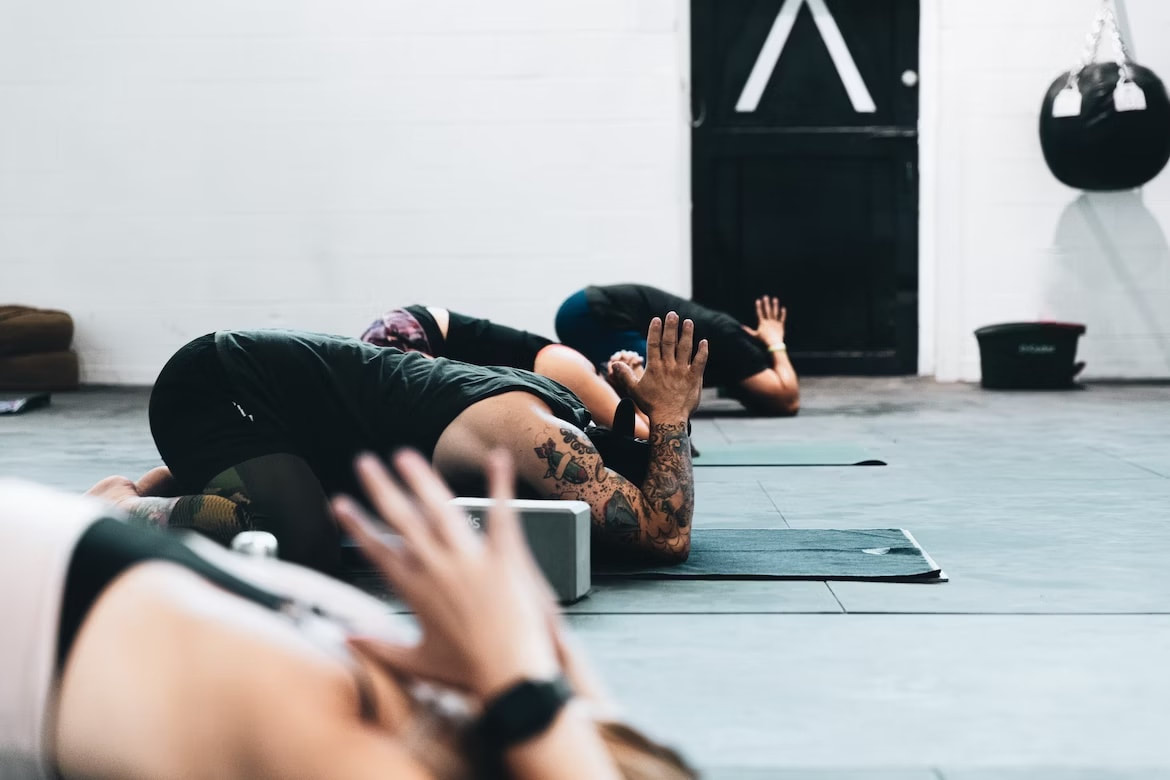
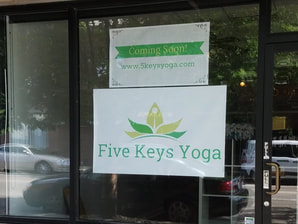
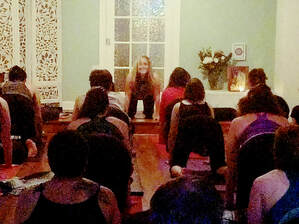
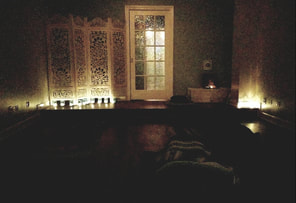
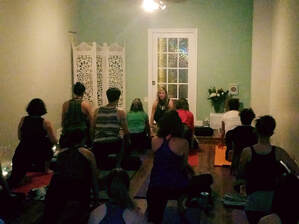
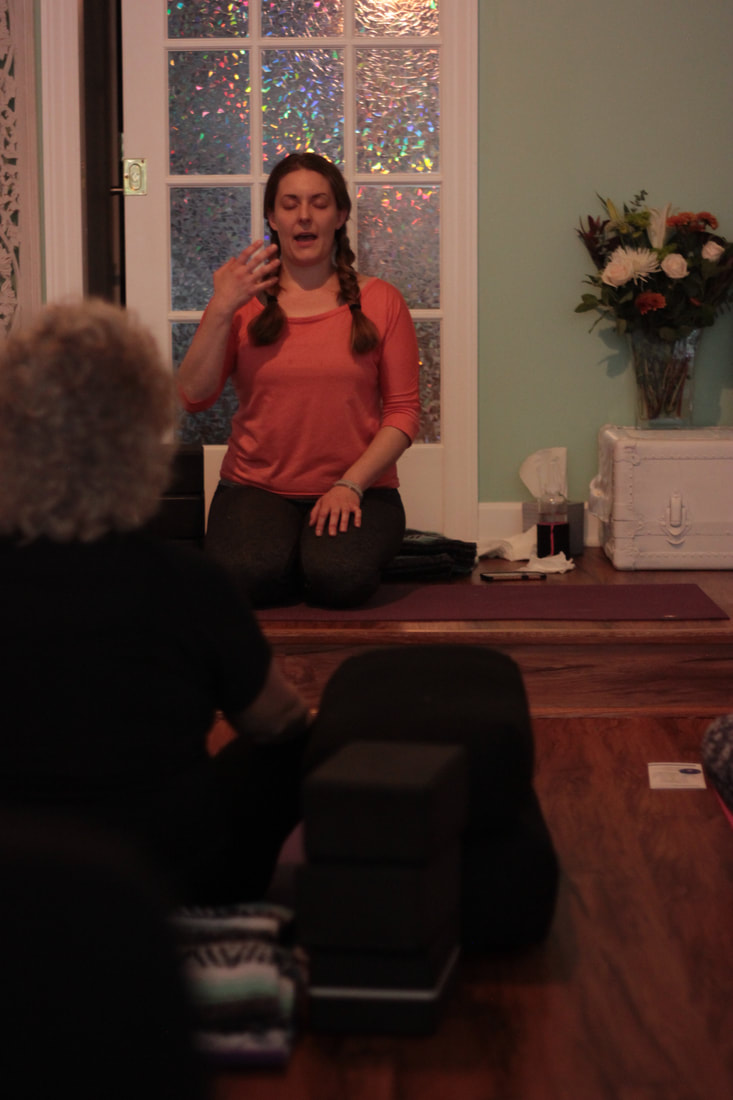
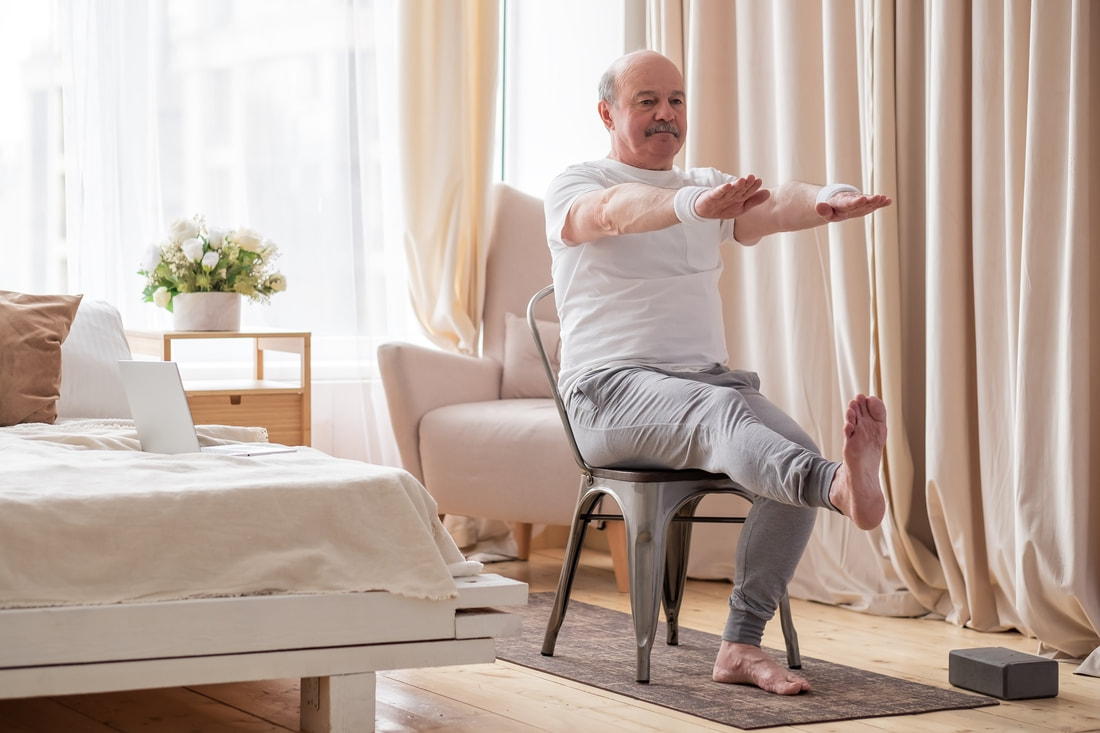
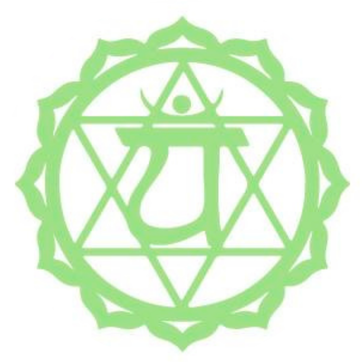
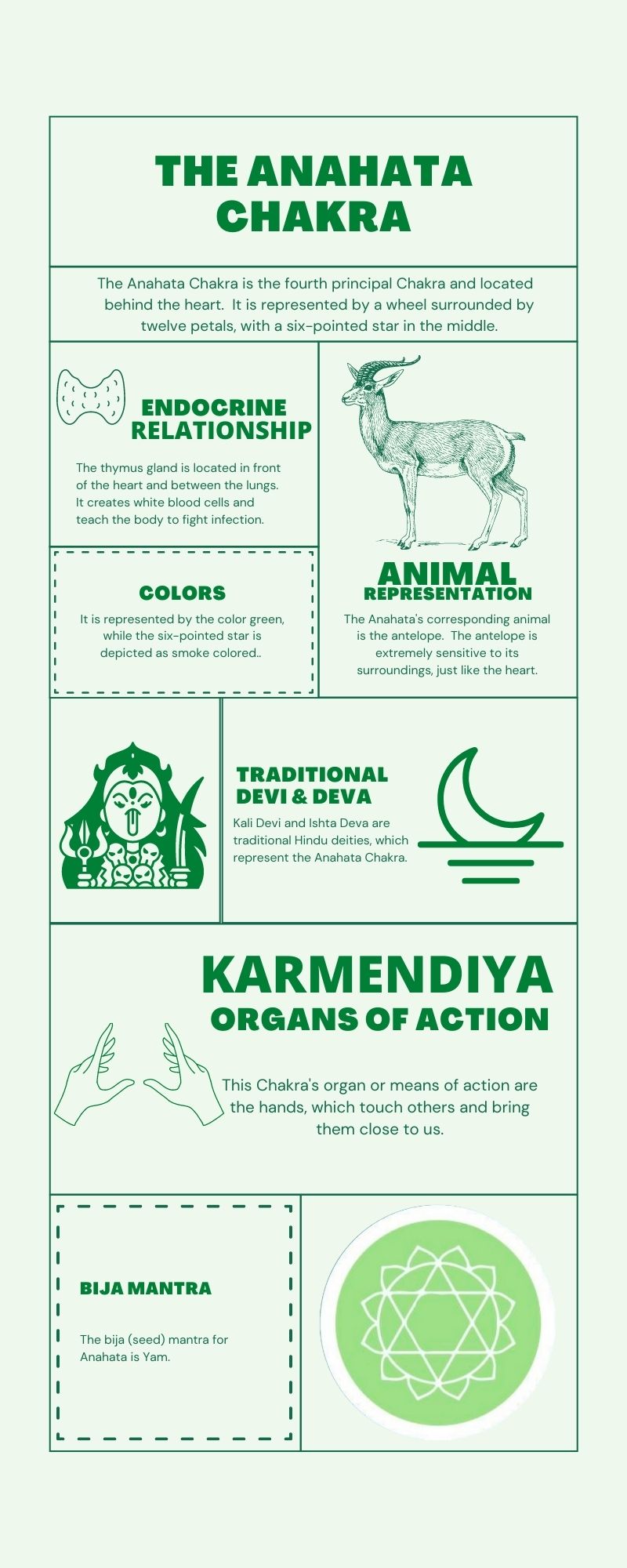
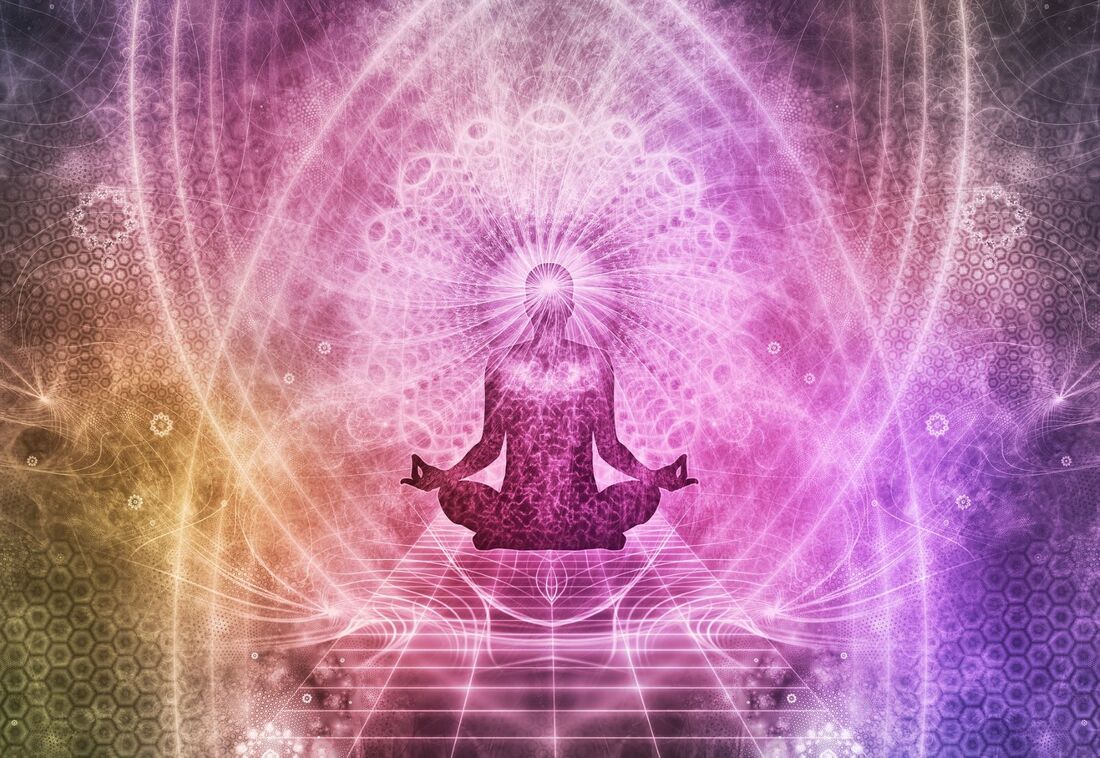
 RSS Feed
RSS Feed
